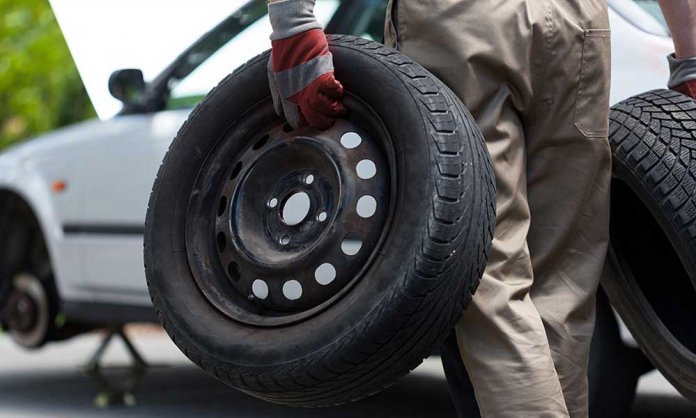Having trouble with your ride? Can’t understand what might be wrong? That is because your car may need a change of tires.
Just like how after walking for a long period of time our feet feel sore and we get tired, car tires also wear out and out-worn tires can burst. This can result in dangerous accidents and unwanted scenarios.
Here are 5 signs your car gives when it needs a tire change;
1. Thread Depth
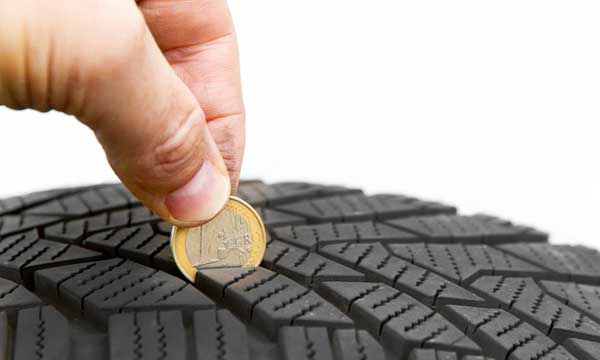
The tread on your tires should never fall below 1/16 of an inch (1.6 millimeters) in depth. If you regularly drive on slick, wet surfaces, you’d be even better off with twice that much.
You can buy a gauge to measure the tread depth the way the professionals do, but there’s an old trick that will give you a rough idea of how much tread depth you have left and it won’t cost you more than a penny.
2. Tread Wear Indicator Bar

These bars, invisible or barely visible when the tires are new, gradually begin to appear as the tread wears down. They appear as flat rubber bars running perpendicular to the direction of the thread itself.
If more than one or two of these are visible on a tire, the tread is getting low. This should be particularly obvious in the wet tracks that your tires leave after you drive through a puddle.
3. Sidewall Cracks
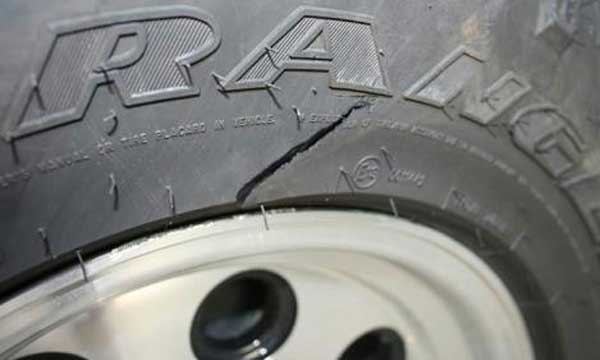
Look for cracks or cuts in the sidewall — grooves that are distinct enough to be visible to the naked eye. This could be a sign that your tire is developing a leak (or worse, that it’s nearly ready to blow out).
4. Blisters & Bulges
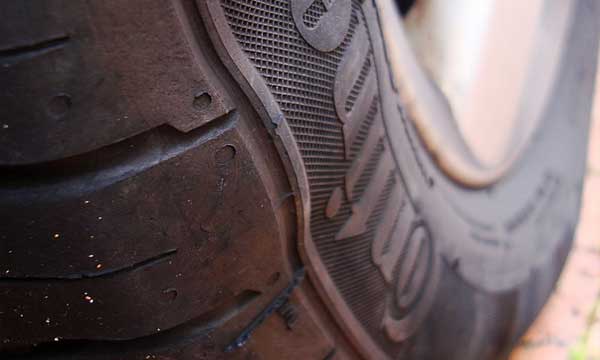
Sometimes the outer surface of the tire begins to weaken. The result can be a bulge or blister that extends outward from the rest of the surface. This weak spot can cause a sudden blowout, and if you don’t put the car in the hospital (or service center, as the case may be) before this happens, it may end up putting you in the hospital when the tire blows out on the freeway.
5. Vibrations
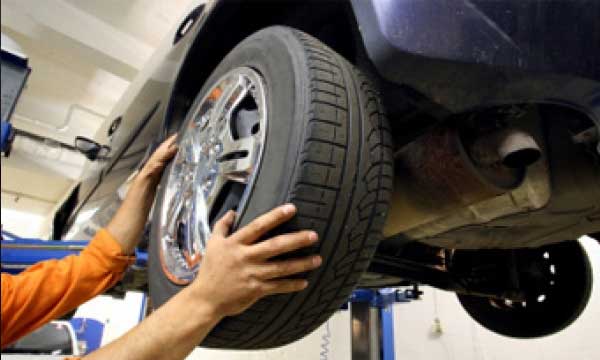
There can be any of a number of causes for the vibration — maybe your tires are misaligned or unbalanced, or your shock absorbers are starting to go. But it could also indicate that there’s some sort of internal problem in the tire itself. Even if the tire isn’t the root cause of the vibration, the vibration could damage the tire and pretty soon you’ll have a problem.
Do not take this lightly!
Stay tuned to Brandsynario for more news and updates.








































